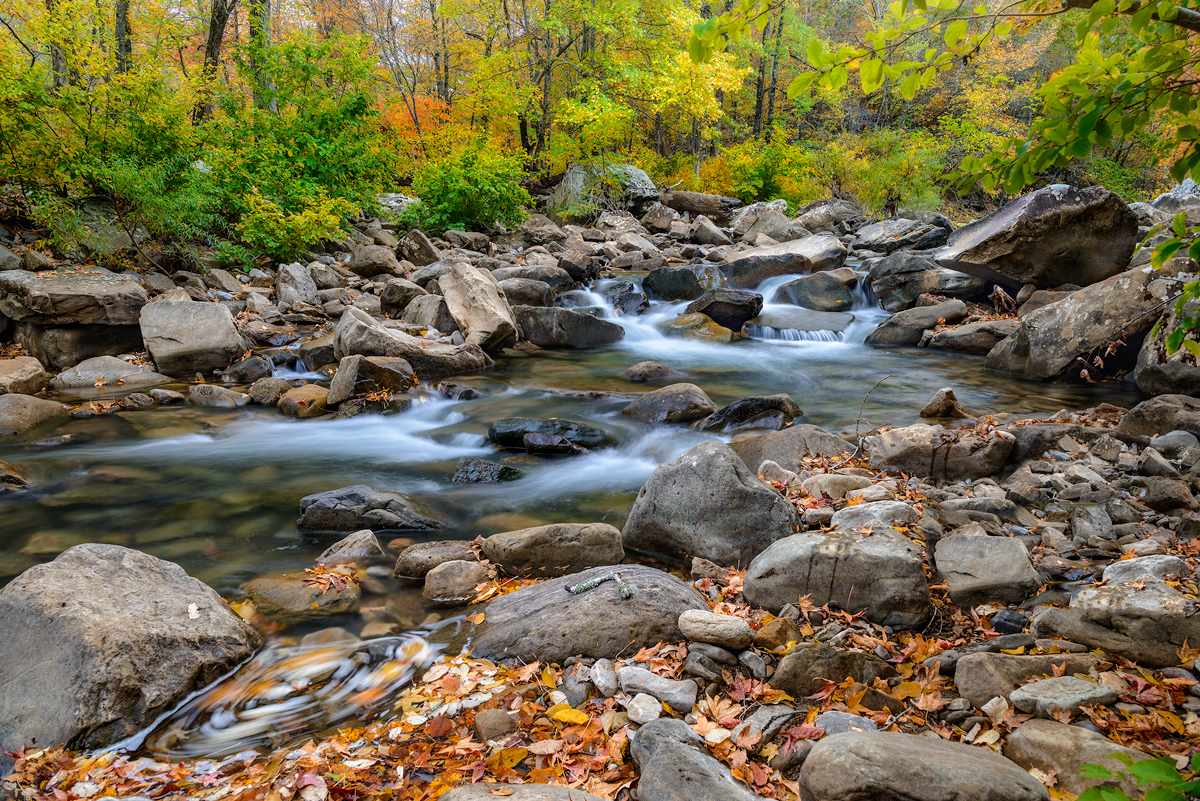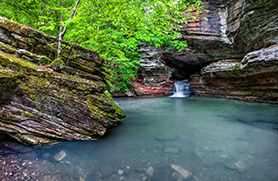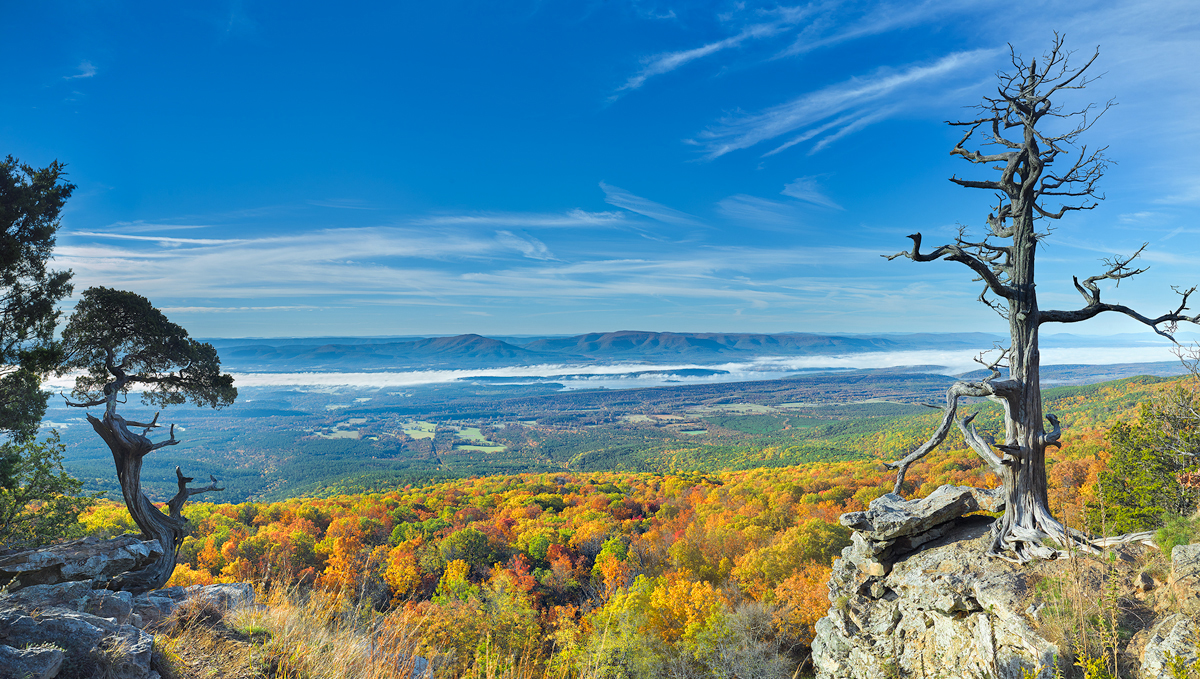As the Nikon D800 has started to ship in mass, I have noticed that more and more established Medium Format Digital users are selling off most of or all of their equipment and making a permanent move to the Nikon D800. Many of these users have a Phase One IQ180 and either several of the Schneider leaf shutter lenses or they have a tech camera with Rodenstock or Schneider lenses. I am seeing this mass exodus with many of the landscape shooters that I have maintained contact with over the years.
I have used the D800, and have seen results from the D800e and I will be the first to admit that this the Nikon has definitely allowed the gap between Medium Format Digital to get smaller, but I still feel that the results obtained when shooting a Tech Camera/medium format digital back solution will be superior. Of course if you are using one of the older digital backs, say over 3 years old, this may not be the case, however if you have a Phase One P65+ or newer, the results should still be be in favor of the Digital Back. Here are some considerations I have discovered.
- The Dxomark Scores of the D800 are 95, the single highest score for any DSLR ever manufactured. The Dxomark scores for the P65+ is 89 and for the IQ180 is 91. I look at the Dxomark score mainly to give me an idea of just how good the over Dynamic Range of the sensor will be. What scores of 95, 91 and 89 tell me is that the results of these three sensors should be pretty close, and from what I have seen they are.
- Resolution, hands down the IQ180 is going to win this contest. At 80 megapixels, their is still no real contender in the DSLR market that can compete with a single frame of a IQ180. If you are willing to stitch (2) D800 frames, then you can get close probably at around 70 megapixels, but the trade off here is more work.
- Resolution with ultra wide lenses is a huge consideration with the D800. I personally have worked with the Nikon 14-24, Nikon 14mm F2.8, Nikon 16-35, Nikon 24 1.8. All of these lenses can get close but still leave a bit to be desired in the corners in the ultra wide settings say at 14mm to 21mm. I have also found that Nikon lenses seem to have a large variance in regards to quality. I tested (3) different 14-24 lenses before I found one that worked well on my D800. Medium format also has this problem in spades unless you are working with a tech camera and using some of the higher end lenses from either Rodenstock or Schneider.
- Dynamic range between the Phase Backs and the Nikon D800 are very close. I would almost have to rate it a tie for now. Nikon may improve on their solution in the future by a firmware update, where as the Phase One backs are getting close to two years old and I don’t see any major changes that might effect their dynamic range happening. I consider Dynamic range of a sensor the ability to have a single frame handle an entire scene. For example, with my older Phase One P45+, I always had to expose for the highlights as a 1st priority. If I blew the highlights, then they were gone totally not recoverable. Whereas, with a P65+ back, many times you get a more evenly exposed frame, which may show slightly blown high lights, but they will be recoverable in post. The other issue is shadows. How well can you recover details in the shadows. The D800 has an amazing ability in the lower iso ranges to pull up shadows as much as 4 stops. No DSLR I have used in the past has had this ability, from either Canon or Nikon. The Phase One P65+ can also give you an amazing range in the shadows, but not quite as good as the D800.
So after reading this, what does it all mean? Well, as I said before the gap is getting closer between the world of the DSLR and Medium Format Back. Never before has a photographer been able to get the details and dynamic range that a D800 can offer. However if you have made the capital investment for a Medium Format Digital back and have either a Tech camera or some of the Phase One/Schneider leaf shutter lenses, I can’t see much of a reason to make the change unless your shooting style requires higher ISO’s in the ISO 800 or higher range. Or you need the use of Live View. Live view on the Phase One cameras is still basically a non-usable item in 98% of the time. It’s also a great time to be looking for bargains since so many photographers are selling off their gear to get in line for the Nikons.



My d800e is on it’s way. Where it beats medium format is price
I totally agree, price is a huge reason for making the switch. Nikon really stuck gold with the
D800.
Paul Caldwell